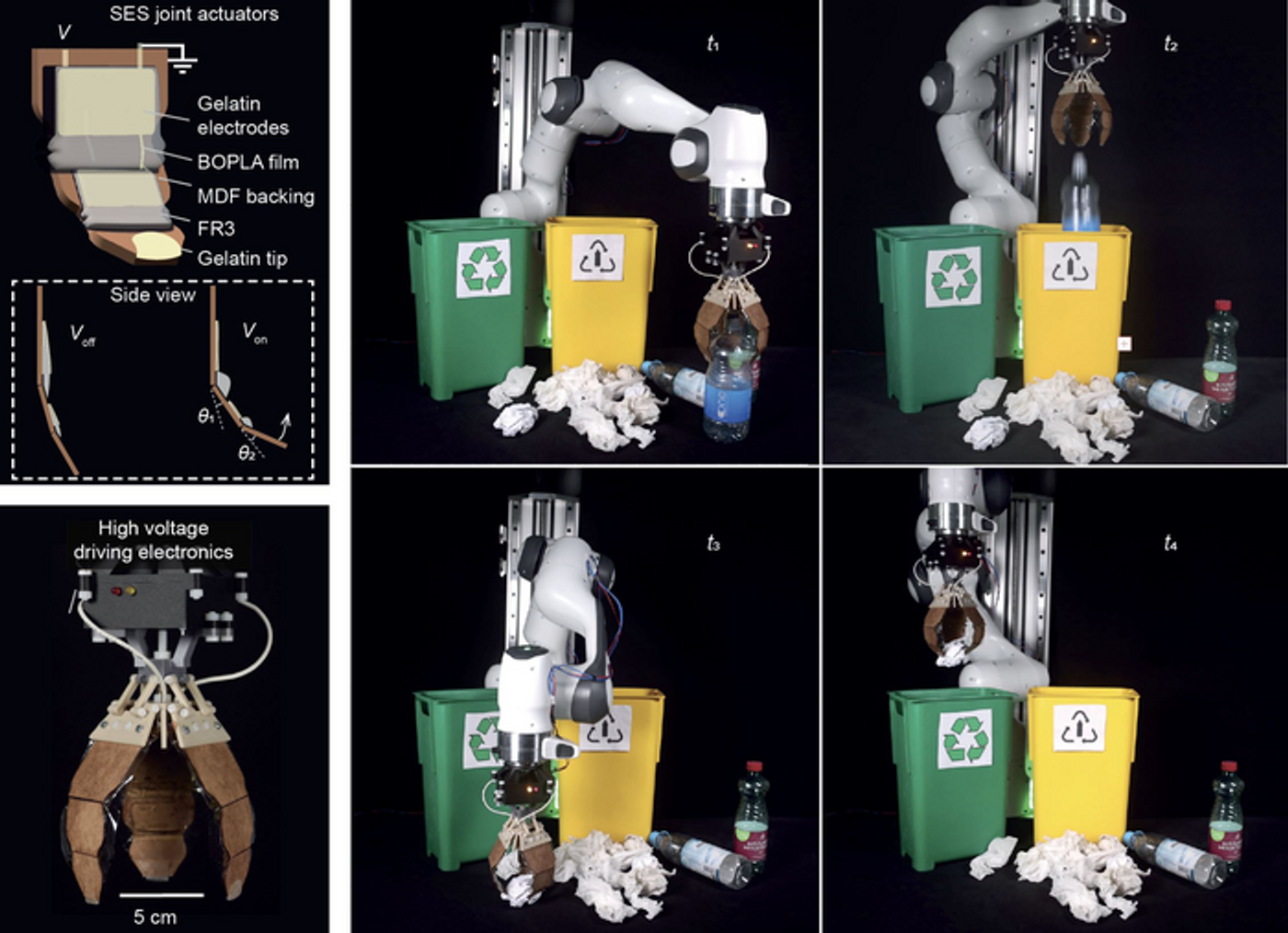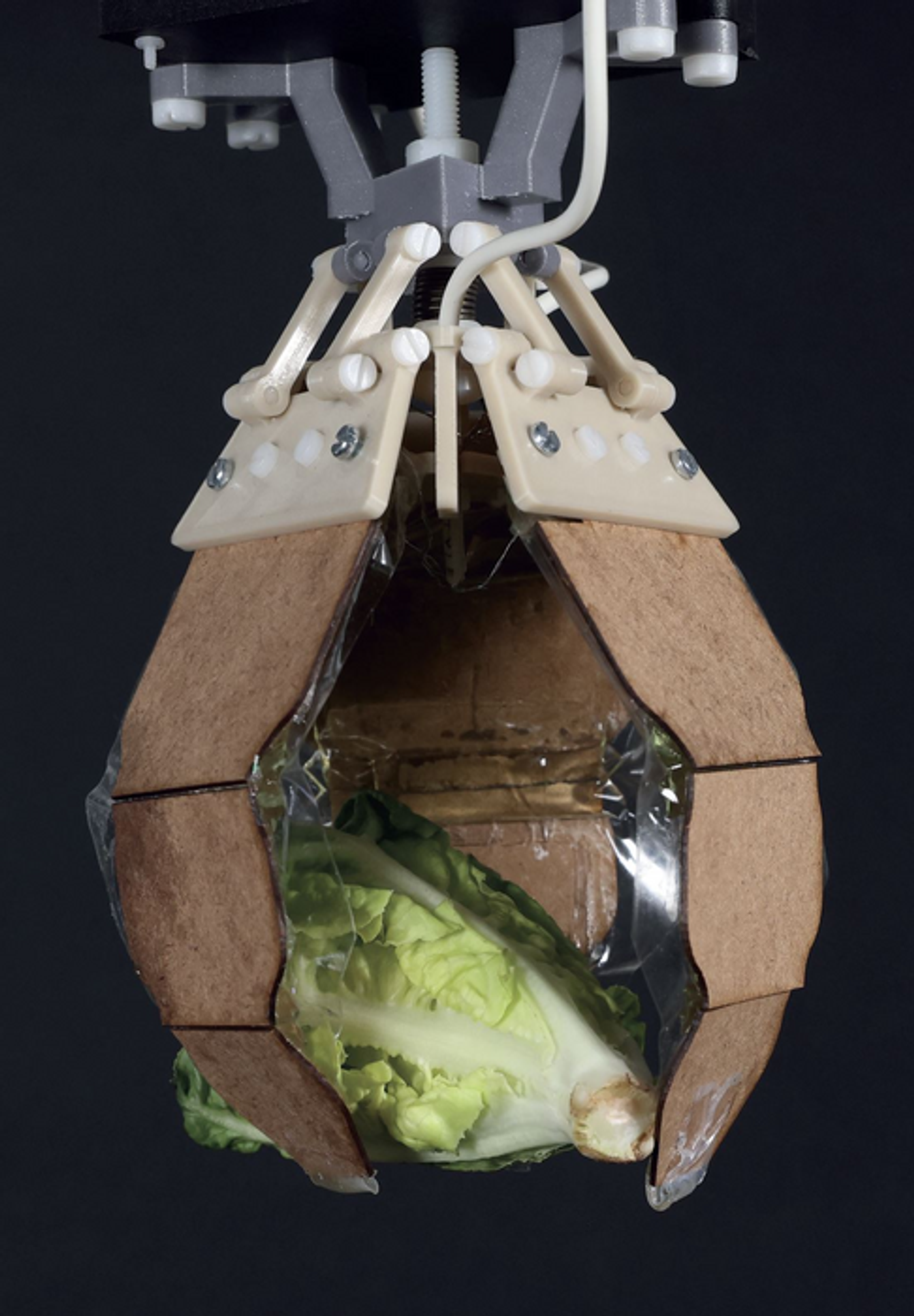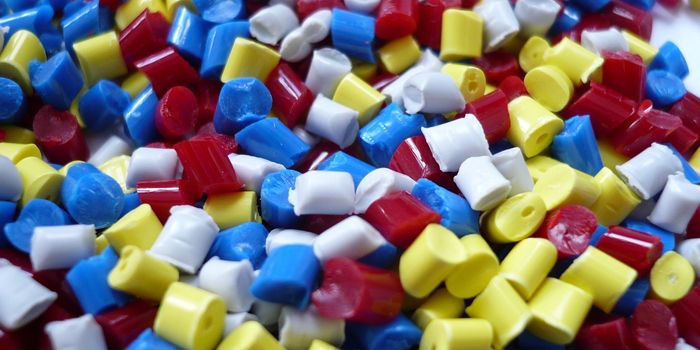Soft Robotics Get Enhancements with Artificial Muscles
Are artificial muscles the future in robotics? This is a question what an international team of researchers led by the Max Planck Institute for Intelligent Systems (MPI-IS) hope to answer as they examined how biodegradable artificial muscles could be used for soft robotics in the future.
Robot Gripper used for waste collection. (Credit: Max Planck Institute for Intelligent Systems or MPI-IS)
Robot Gripper holding lettuce. (Credit: Max Planck Institute for Intelligent Systems or MPI-IS)
“We see an urgent need for sustainable materials in the accelerating field of soft robotics. Biodegradable parts could offer a sustainable solution especially for single-use applications, like for medical operations, search-and-rescue missions, and manipulation of hazardous substances. Instead of accumulating in landfills at the end of product life, the robots of the future could become compost for future plant growth,” said Dr. Ellen Rumley, who is a visiting scientist from CU Boulder working in the Robotic Materials Department at MPI-IS, and a co-author on the study.
For the study, the researchers built HASEL, which is an electrically driven artificial muscle comprised of electrodes that partially enclose oil-filled plastic pouches. When an electrical charge is applied, this causes the oil within the pouch to push to one end, making the pouch contract just like a real muscle. Since the electrical insulators can withstand the electric charge, this grants HASEL its deforming ability.
“It was important for us to make electrodes suitable for these high-performance applications, but with readily available components and an accessible fabrication strategy. Since our presented formulation can be easily integrated in various types of electrically driven systems, it serves as a building block for future biodegradable applications,” said Dr. David Preninger, who is a scientist at the Soft Matter Physics Division at Johannes Kepler University, and a co-author on the study.
The HASELs were also found to be able to withstand 100,000 actuation applying several thousand Volts without experiencing any electrical failure or performance reduction. In the end, the biodegradable artificial muscles can compete with non-biodegradable artificial muscles, which holds promise for artificial muscle technology, overall.
“By showing the outstanding performance of this new materials system, we are giving an incentive for the robotics community to consider biodegradable materials as a viable material option for building robots”, said Dr. Rumley. “The fact that we achieved such great results with bio-plastics hopefully also motivates other material scientists to create new materials with optimized electrical performance in mind.”
What advancements in artificial muscle technology will researchers make in the coming years and decades? Only time will tell, and this is why we science!
Sources: Science Advances, EurekAlert!
As always, keep doing science & keep looking up!










